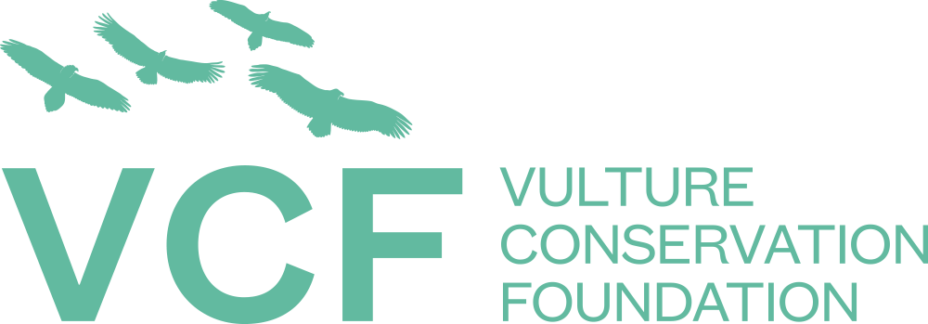
In 2021, the Cinereous Vulture population reached the best breeding results at Herdade da Contenda, Portugal, since the species settled in the area in 2015.
Cinereous Vulture breeding results at Herdade da Contenda in 2021
The Cinereous Vulture population at Herdade da Contenda is the second in importance at a national level (surpassed in number by the Tejo Internacional region). Regarding the breeding results, this population demonstrated the best indicators in 2021 – out of the ten nesting pairs, seven chicks successfully fledged the nest!

Monitoring Cinereous Vulture fledglings with GPS transmitters
In a team effort, we equipped four young fledglings (2 males and 2 females) with identification rings and GPS/GSM transmitters and have been closely tracking them ever since. One of the males was rescued and recovered at the Centro de Recuperação de Animais Silvestres (CRAS) in Monsanto, and was then named Monsanto. As for the other three vultures, the females were given the names Tomina and Esteva. The other male suffered trauma on the wing after he started flying and was rescued and sent to CRAS in late October, where he is recovering. After the rehabilitation ends, experts will determine if he is fit to return to the wild and release him if everything turns out well.
Since they were tagged, young Tomina and Esteva (and also the male hatched in 2020 – Chaparrito) have been exploring the Contenda area and surrounding region, gradually performing more distant movements. They also visit the Contenda feeding ground that it’s in regular operation.
Following Cinereous Vultures in Portugal
In 2018, we provided the GPS tag for the first Cinereous Vulture to be tracked using a GPS transmitter in Portugal and we continued to tag more birds ever since. This information provided by tracking these birds is vital to reveal any threats the birds may face as the species continues to make a comeback across Portugal. The insight from this data will be useful for conservationists to enable them to carry out actions to reduce the risk the birds face and help support the species comeback. You can follow these birds online by visiting the maps that are generated from the data collected from the GPS transmitters.
Cinereous Vultures in Portugal
The Cinereous Vulture became extinct as breeding species in Portugal in the 1970s, mostly due to the use of poisoned carcasses targeting unwanted predators. An increasing population in Spain saw the species regularly visiting Portugal to forage, with the first pair breeding in central Portugal (Tejo Internacional) in 2010 (where now there is a small colony of more than fifteen pairs), and then in north-eastern Portugal (one single pair). And in 2015 the species recolonised Herdade da Contenda in south-eastern Portugal, and has bred there successfully ever since – there are currently ten breeding pairs there now.

Collaboration makes conservation optimism possible
These positive results became a reality thanks to vast collaboration efforts. The management of the Cinereous Vulture population is one of Herdade da Contenda‘s priorities in terms of nature conservation and is carried out alongside other hunting and livestock management activities.
For monitoring, LPN – Liga para a Protecção da Natureza coordinate the the nesting population monitoring and we at the Vulture Conservation Foundation (VCF) provide the GPS/GSM transmitters and support related monitoring actions. In 2021, Herdade da Contenda also started a set of relevant interventions to promote the nesting habitat and management of the feeding stations for scavenger birds under the support of “Gestão de habitats e espécies ameaçadas e melhoria das condições de visitação no perímetro florestal da Contenda” and funding by Fundo Ambiental.






